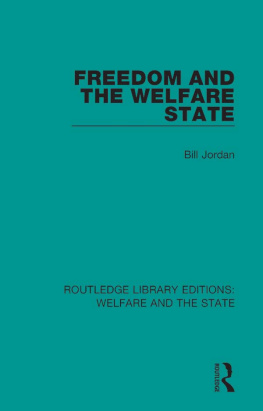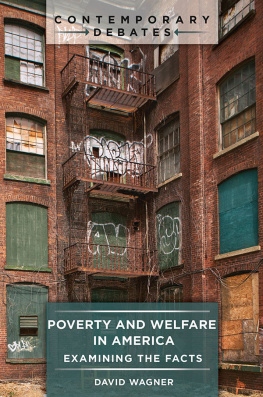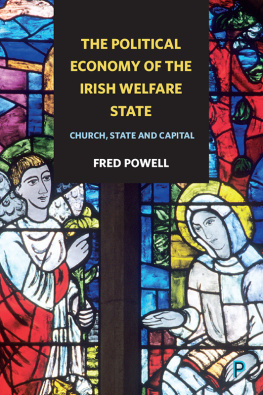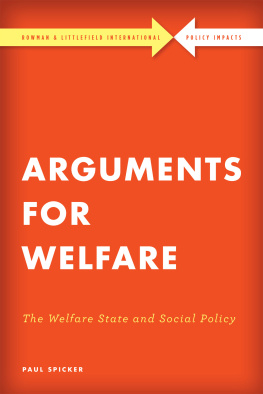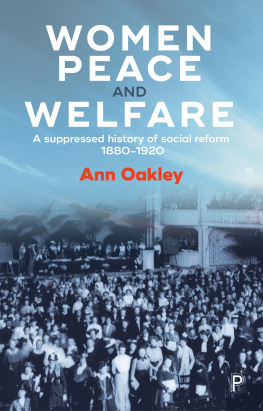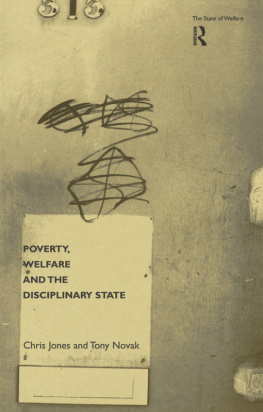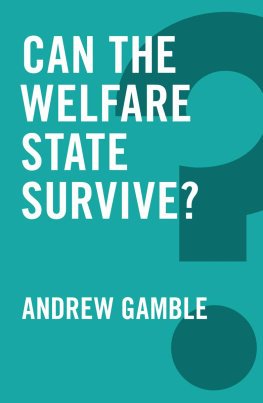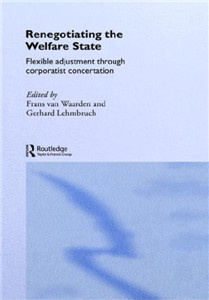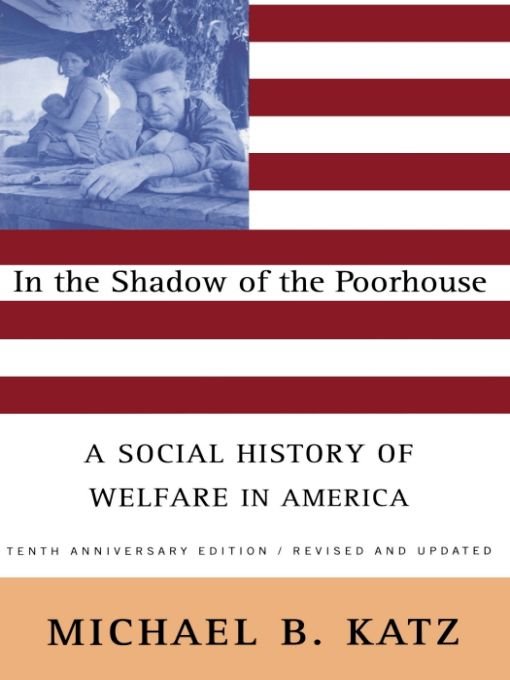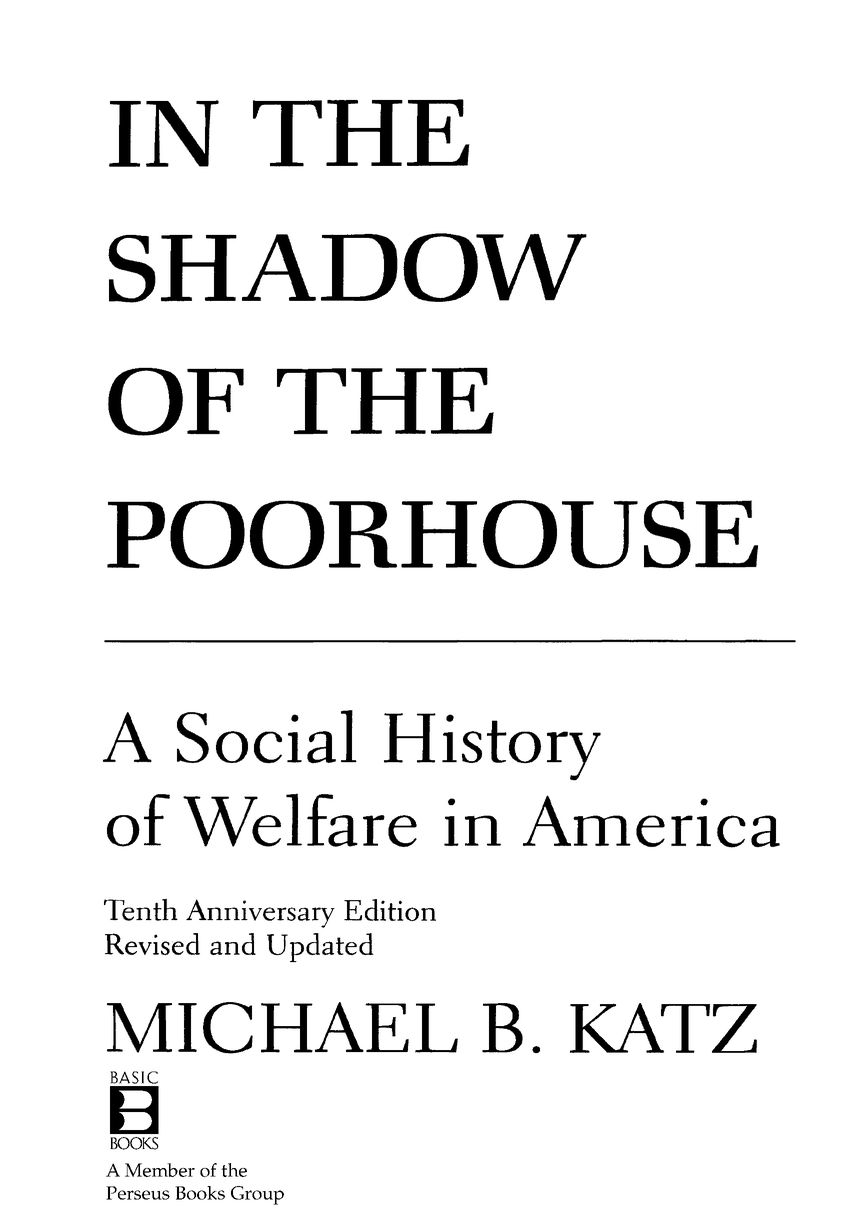Table of Contents
Books by Michael B. Katz
Improving Poor People: The Welfare State, the Underclass,
and Urban Schools as History
The Underclass Debate: Views from History (editor)
The Undeserving Poor:
From the War on Poverty to the War on Welfare
Reconstructing American Education
In the Shadow of the Poorhouse:
A Social History of Welfare in America
Poverty and Policy in American History
The Social Organization of Early Industrial Capitalism
(with Michael J. Doucet and Mark J. Stern)
The People of Hamilton, Canada West:
Family and Class in a Mid-Nineteenth-Century City
Education and Social Change: Themes from Ontarios Past
(editor, with Paul Mattingly)
Education in American History:
Readings in the Social Issues (editor)
Class, Bureaucracy, and Schools:
The Illusion of Educational Change in America
School Reform: Past and Present (editor)
The Irony of Early School Reform:
Educational Innovation in Mid-Nineteenth Century Massachusetts
INTRODUCTION
Nobody likes welfare. Conservatives worry that it erodes the work ethic, retards productivity, and rewards the lazy. Liberals view the American welfare system as incomplete, inadequate, and punitive. Poor people, who rely on it, find it degrading, demoralizing, and mean. None of these complaints are new; they echo nearly two centuries of criticism. In truth, American welfare hardly qualifies as a system. Diffused through every layer of government; partly public, partly private, partly mixed; incomplete and still not universal; defeating its own objectives, American welfare practice is incoherent and irrational. Still, this crazy system resists fundamental change. What is the source of its resilience? How are we to understand the persistence of a welfare system so thoroughly disliked and so often and authoritatively criticized? The answer rests in its past. American welfare practice has been constructed in layers deposited during the last two centuries. Despite accretions and extensions, it has served a consistent and useful set of purposes; its strength derives from its symbiosis with American social structure and political economy. This book sketches its social history.
Four major structural features mark American welfare practice. First is the division between public assistance and social insurance. Public assistance is means-tested relief. It is what we usually think of as welfare. Its major contemporary examples are Aid to Families with Dependent Children (AFDC) and General Assistance. Social insurance is not means tested. It is an entitlement for everyone eligible by virtue of fixed, objective criteria, such as age, disability, or unemployment, and its benefits cross class lines. The great current example, of course, is social security. The division between social insurance and public assistance has bifurcated social welfare along class lines. With a strong, articulate middle-class constituency, social insurance, especially social security, carries no stigma, and its expanded benefits have reduced drastically the amount of poverty among the elderly. Public assistance, which has become synonymous with welfare, is, of course, restricted to the very poor. Its recipients carry the historic stigma of the unworthy poor, and, as a consequence, they are treated meanly. Their benefits, which do not lift them out of poverty, remain far below those paid by social security.
Local variation is American welfares second feature. In colonial times, relief was a local responsibility, administered within a town, county, or parish. In the nineteenth century, state governments tried to make practice more uniform within their jurisdictions, but, even then, a dazzling variety of local, as well as state, differences remained, and the assumption of new responsibilities by the federal government during the New Deal did not wipe out local variation. States remained responsible for setting benefit levels, even when they received federal funds, and the disparity in welfare benefits between states continues today. Another way to put the persistence of local variation is this: welfare practice has always been mediated by the complex structure of American federalism. As a consequence, the formulation of coherent national welfare policy remains extraordinarily difficult, and the amount and kind of assistance offered poor people varies by where they live.
Third, governments accomplish many public purposes through private agents. Boundaries between public and private always have been protean in America. The definition of public as applied to social policy and institutions has never been fixed and unambiguous. In the colonial period, towns often contracted for the care of the poor with individuals. In the nineteenth century, they subsidized schools, hospitals, reformatories, orphanages, and other institutions. Within the last twenty years, governments increasingly have delivered social services by purchasing them from private agencies. Welfare practice, in short, is part of what Alan Wolfe terms the franchise state. Not all franchise holders act in the best interests of their clients, as Medicare and Medicaid frauds make clear. In fact, franchising encourages the confusion of service with profit making and removes important public tasksand a lot of moneyfrom public oversight and scrutiny (as the recent defense contracting scandals reveal vividly). At the same time, the scramble for public dollars pushes private agencies away from challenging, innovative activities and toward conservative, routine programs tailored to government specifications.
Fourth, the American welfare state is incomplete, which is why I call it the semiwelfare state. America remains the only advanced Western democracy without national health insurance or family allowances. Welfare coverage is neither universal nor comprehensive. Social welfare expenses consume a much smaller share of the Gross National Product than in other wealthy nations, and ideological resistance to social welfare remains far more virulent.
Despiteand in some cases because ofits limits, social welfare practice has served important purposes throughout American history. The first threerelief of misery, preservation of social order and discipline, and regulation of the labor marketseem universal in Western societies. The fourth, political mobilization, is more distinctively American. The humanitarian goals of welfare have always been obvious, although those who consider them exclusive or paramount miss other important roles. Time and again, welfare has been extended or redesigned to promote social order by appeasing protest or disciplining the poor. The escalation of benefits after the great urban riots in the 1960s is one particularly vivid recent example. Another is the attempt in the late forties and fifties to reduce out-of-wedlock births among black women by tightening the suitable home provisions of Aid to Dependent Children (ADC). Welfare has also been deployed to regulate labor markets by manipulating work incentives. In practice, this has meant goading working-class men and women to labor hard for low wages by frightening them with the prospect of a subhuman and stigmatized descent into the ranks of paupers.


